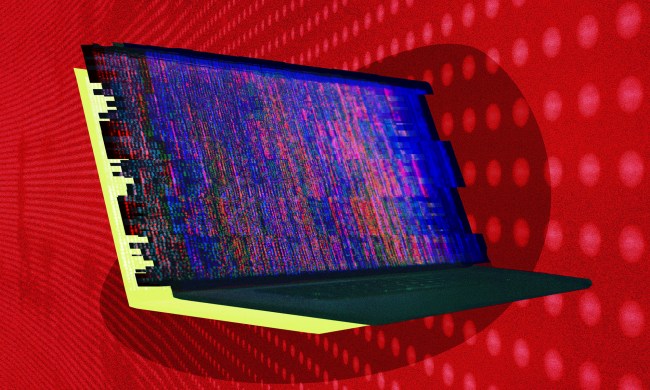Researchers at the University of the Republic of Uruguay discovered that hackers can use AI to spy on a user’s display by snatching leaked electromagnetic radiation from a PC’s HDMI cable using a new technique, according to New Scientist.
Hackers can use different methods for the attacks, such as placing an antenna outside a building to intercept the signals from the HDMI cable. When they intercept the data, hackers can then use additional steps to access users’ sensitive data, such as personal banking information or encrypted messages. Federico Larroca and his team at the university have created an AI model that can rebuild signals from the leaked signals even from multiple meters away.
The researchers prepared an AI model to identify patterns when comparing the original and intercepted signals. The research teams discovered that only 30% of the characters were misread. The team labeled the error rate low; therefore, hackers could still read most of the text. The research team’s method was 70% more accurate than the preceding state-of-the-art attacks.
The attacks mostly occur in government or industrial settings. Therefore, these types of buildings are already taking the necessary precautions to keep their signals safe.
“Governments are worried about this, but I wouldn’t say that the normal users should be too concerned,” Larroca said. “But if you really care about your security, whatever your reasons are, this could be a problem.”
When everything was analog, this would have been even easier for hackers to pull off, rebuilding what was on a user’s screen using leakage from video cables. However, HDMI made the transmission of data more complex, but it was not impossible for hackers to gain access to sensitive data using AI. So, there is no need to throw away your HDMI cable just yet.




